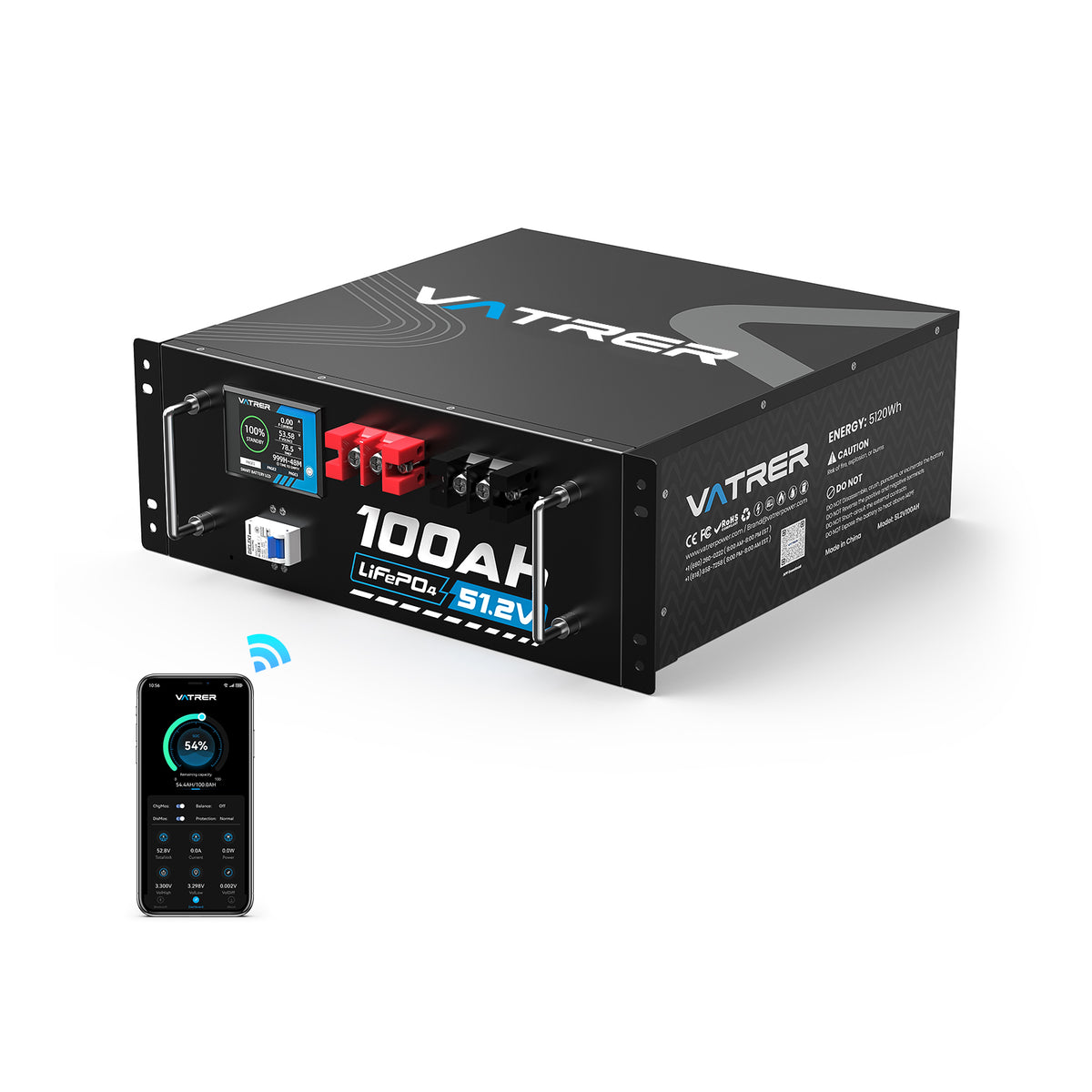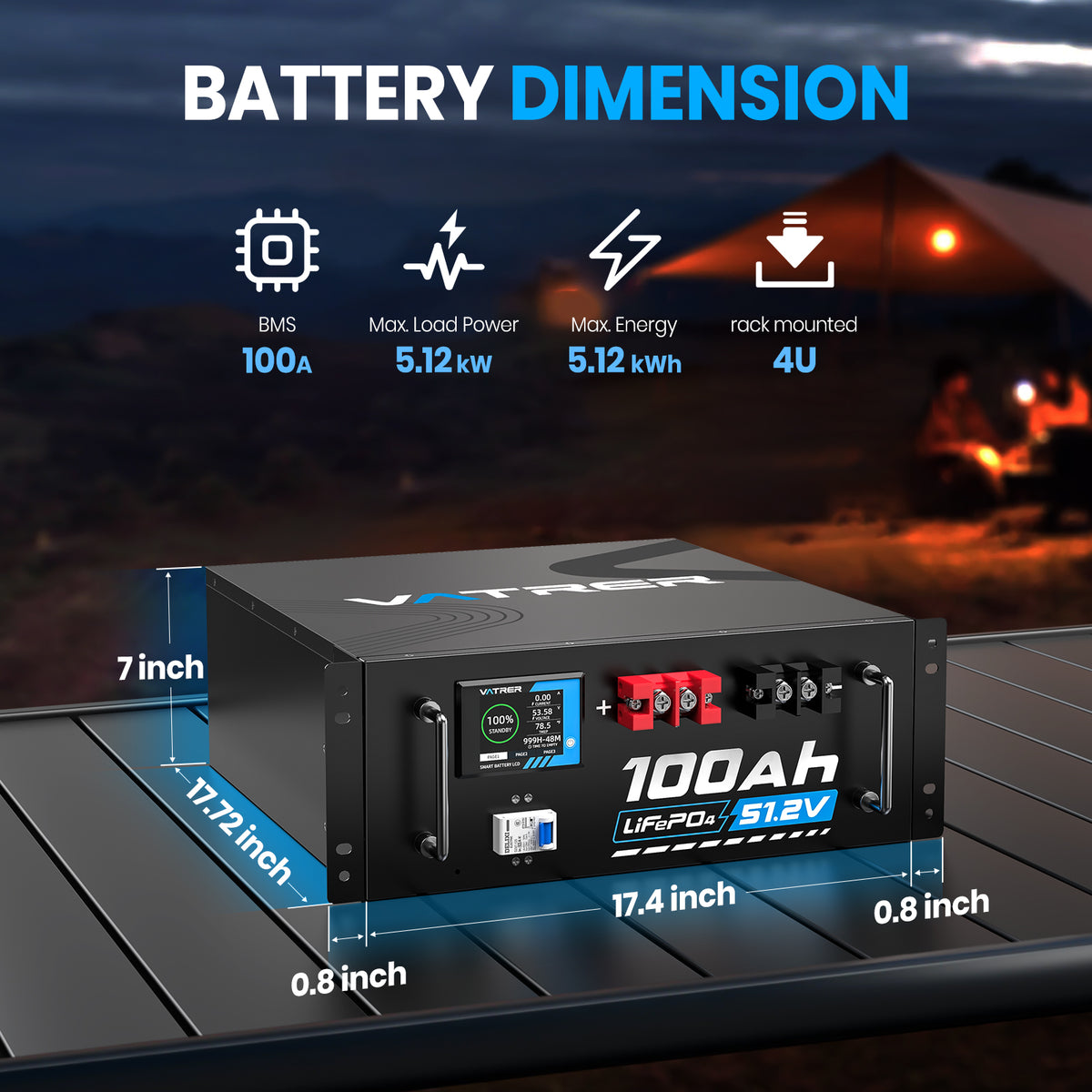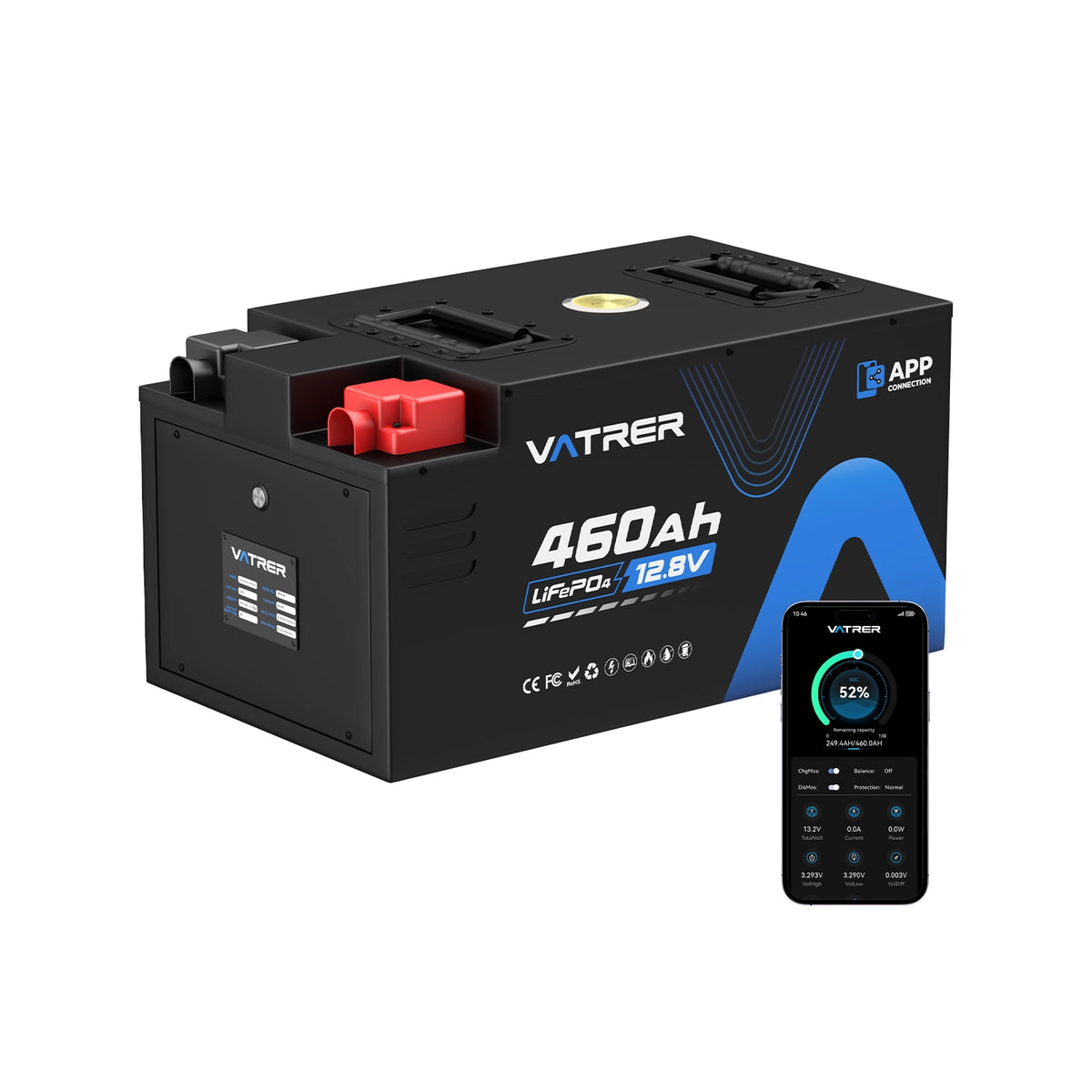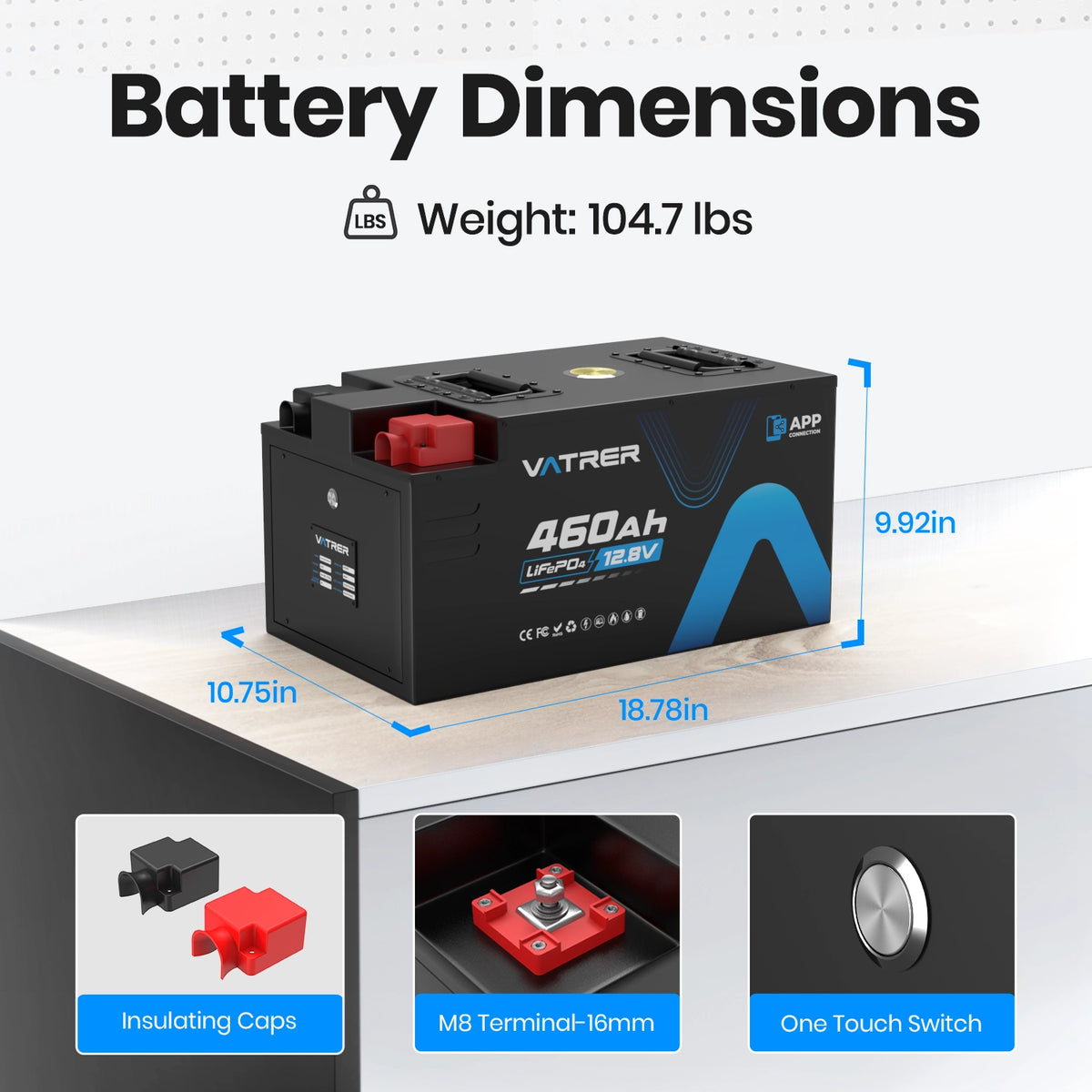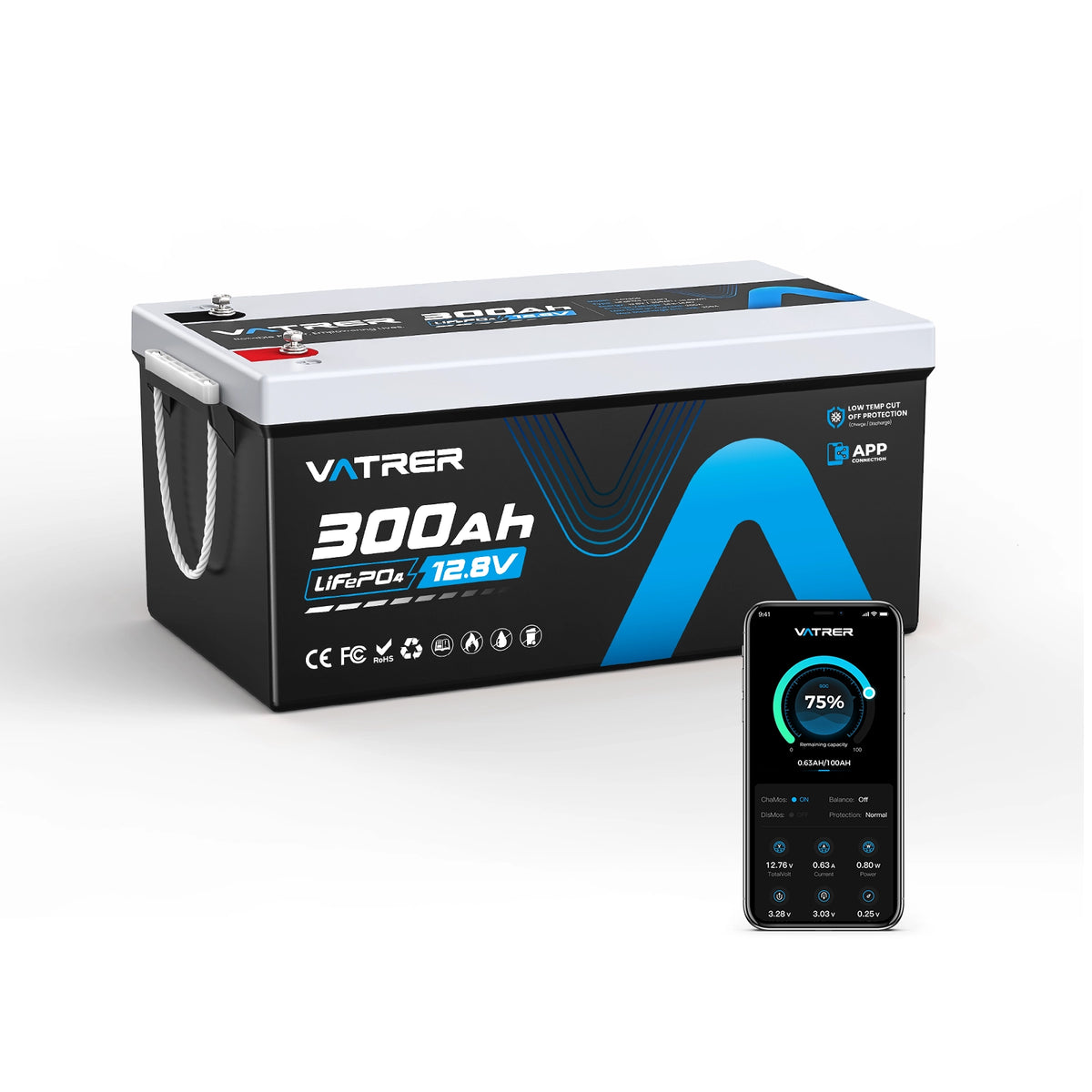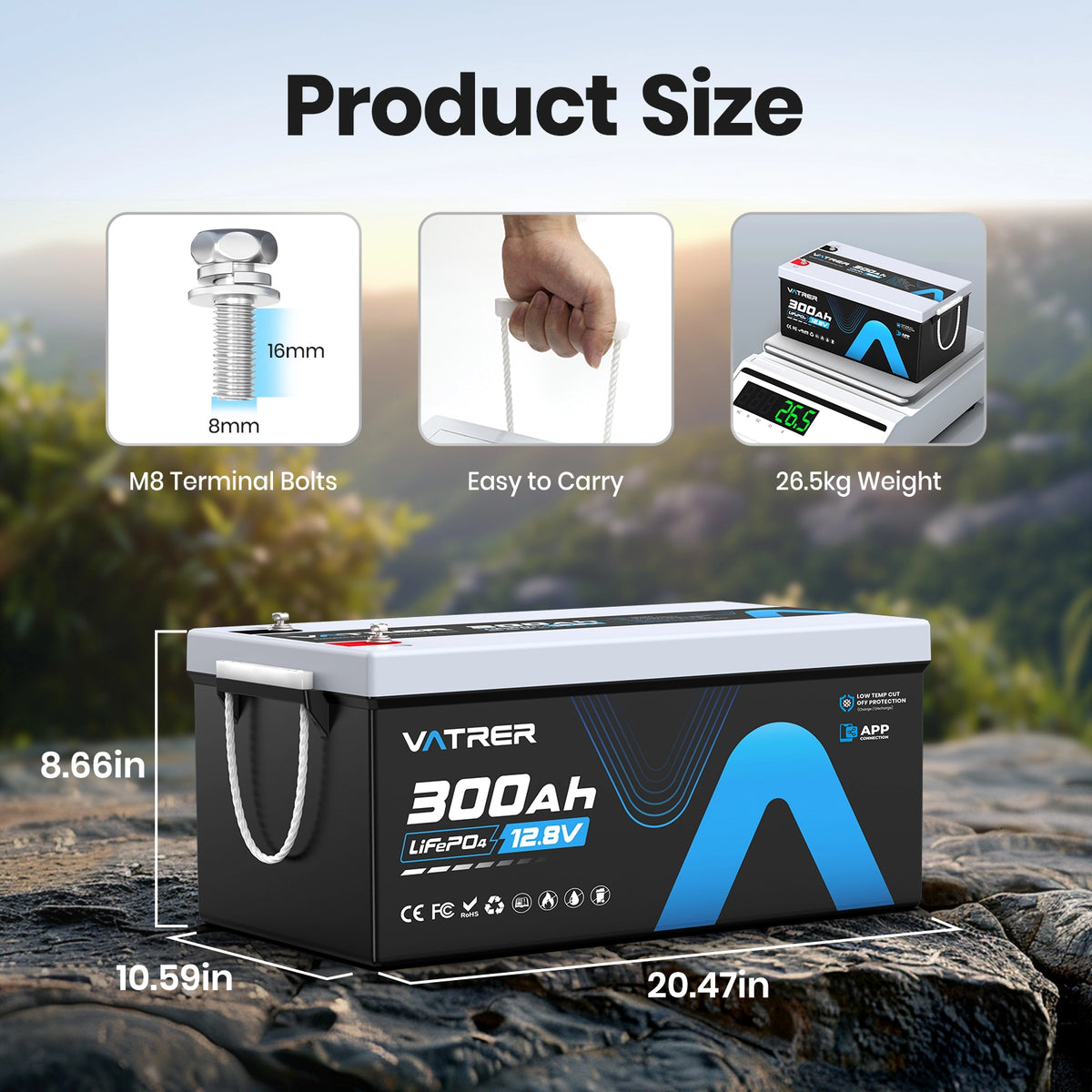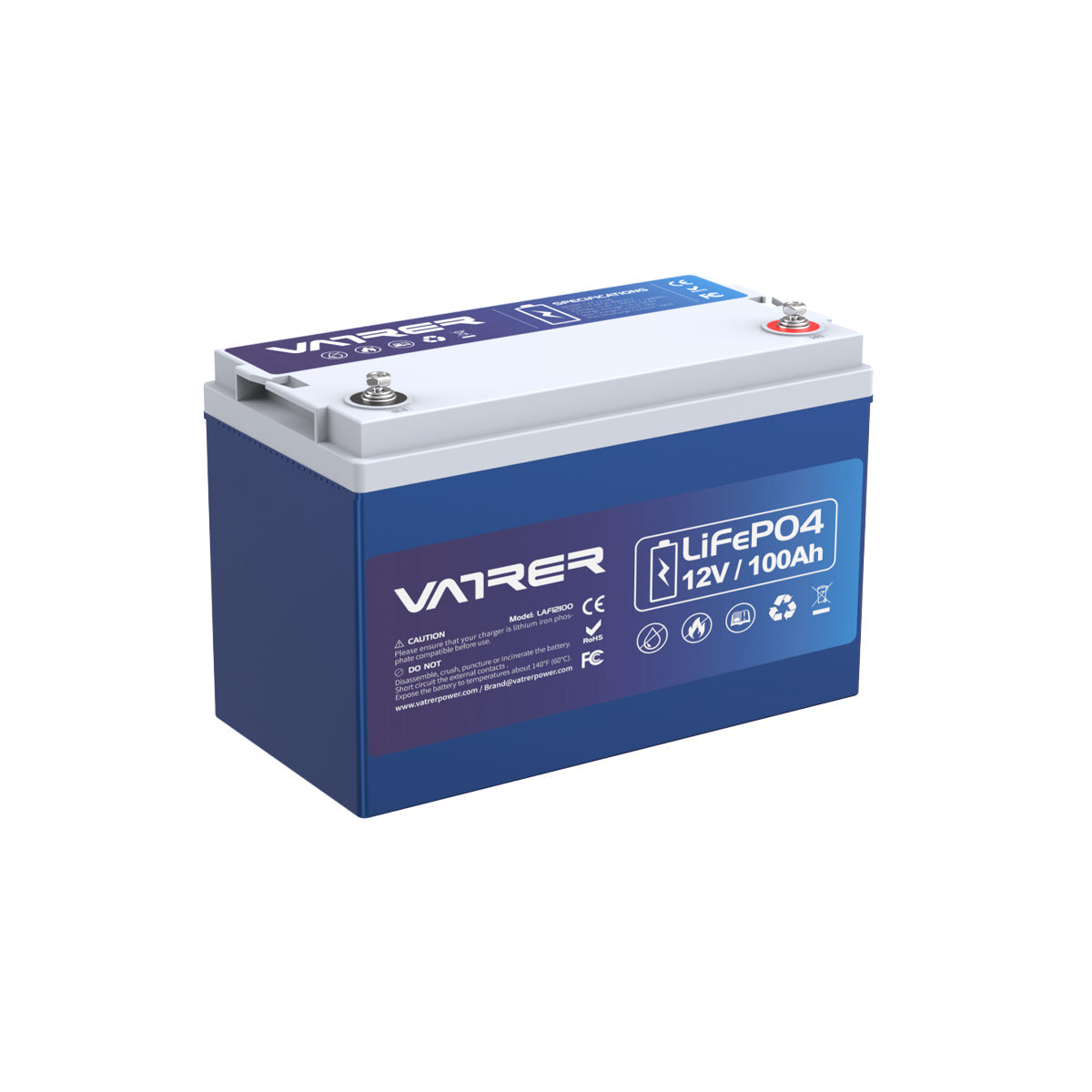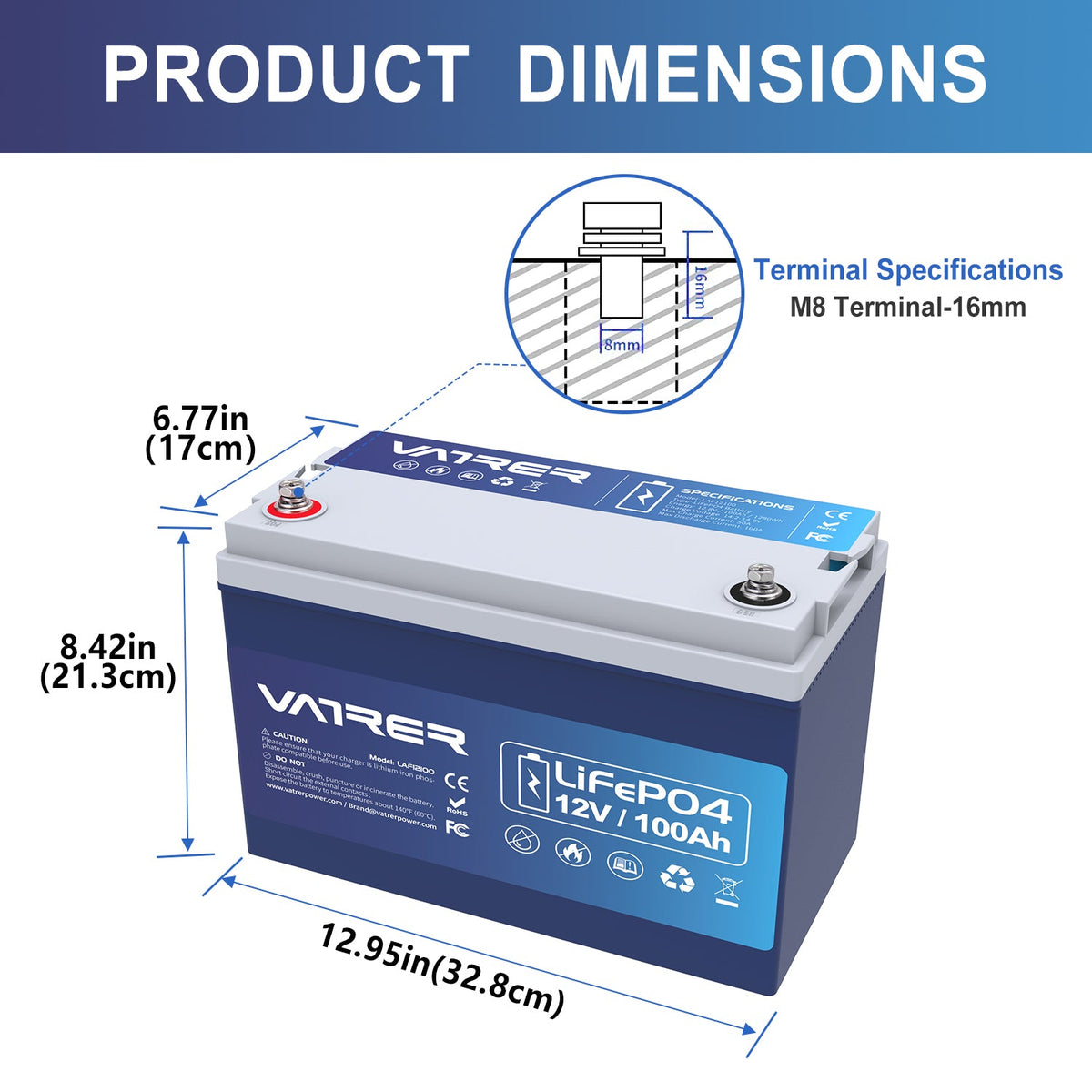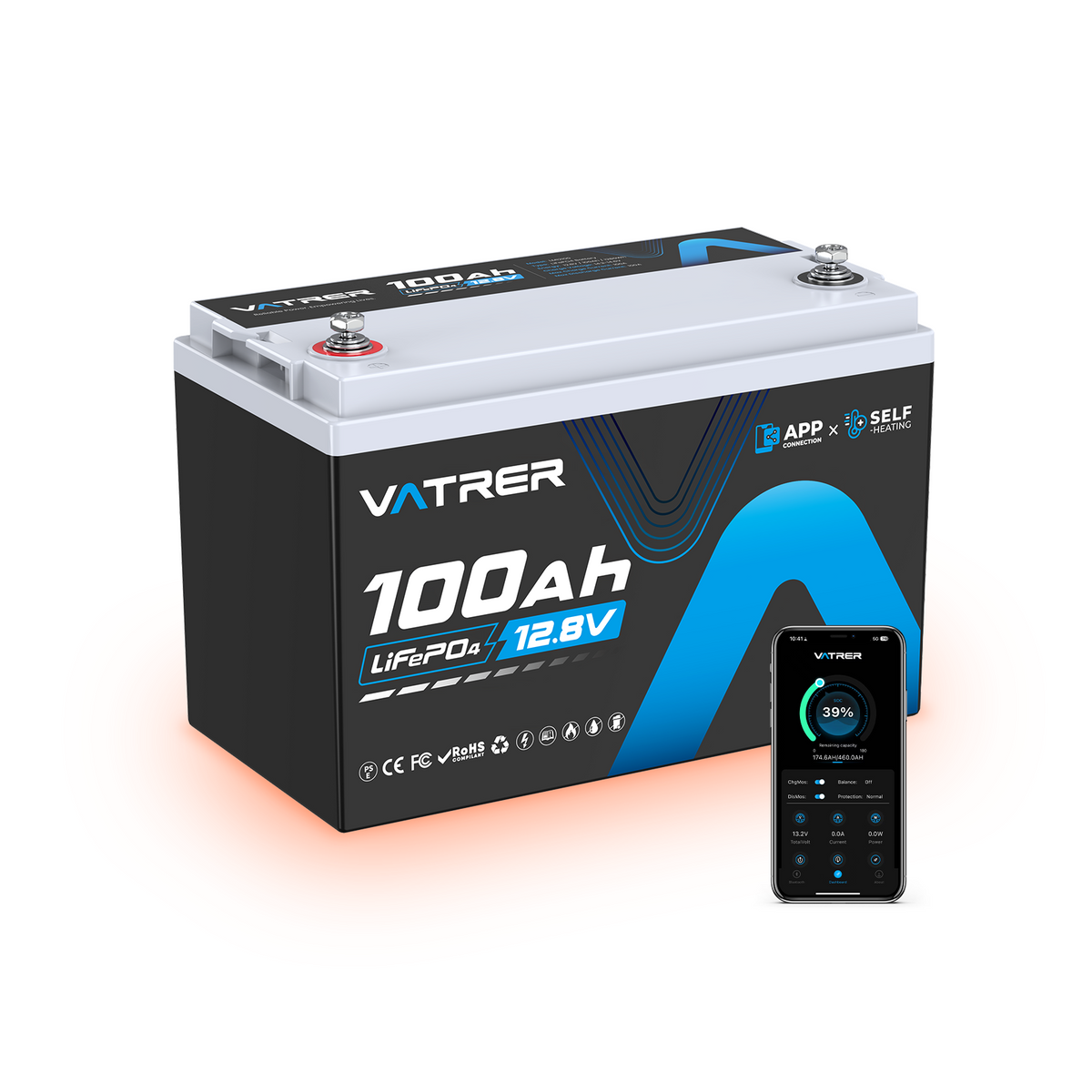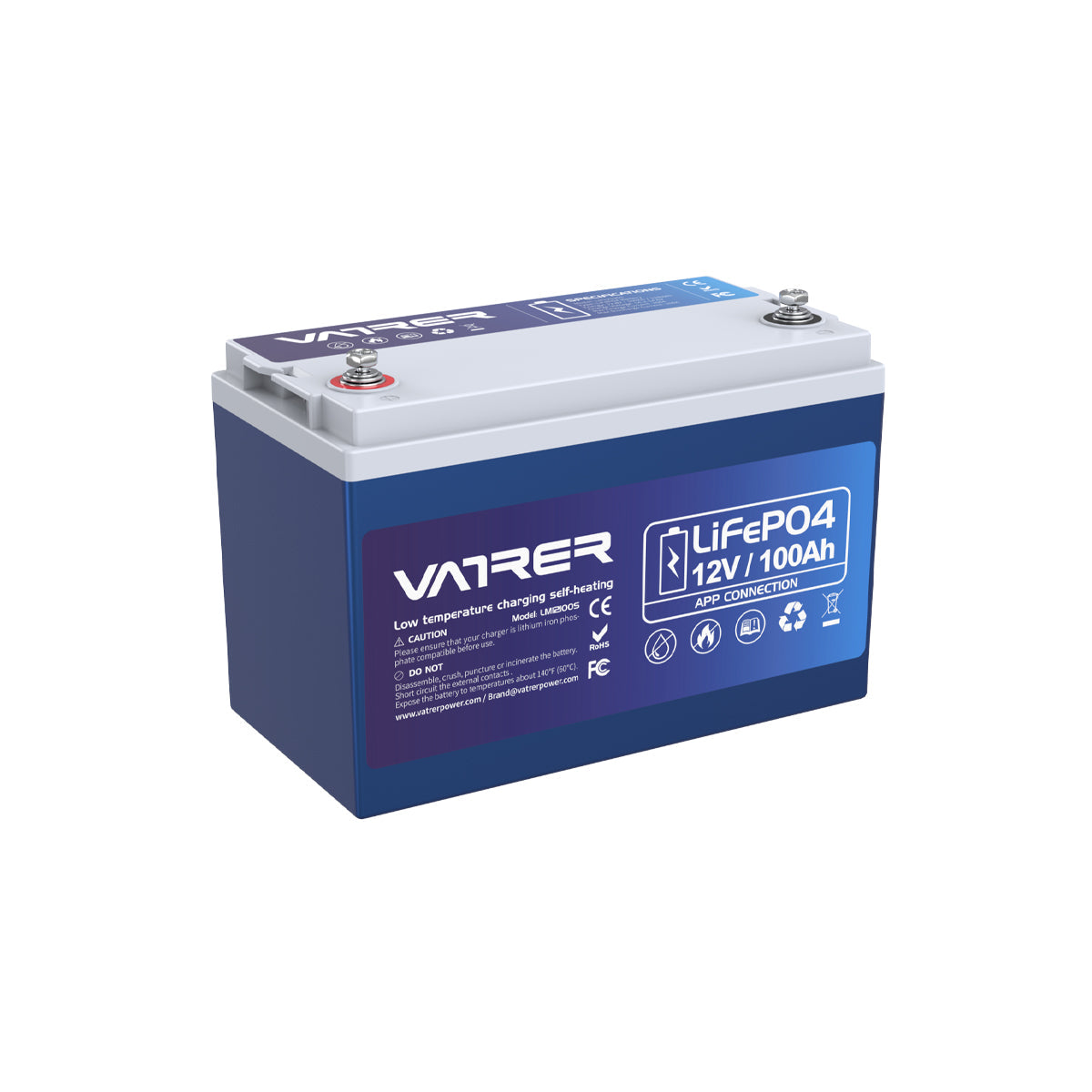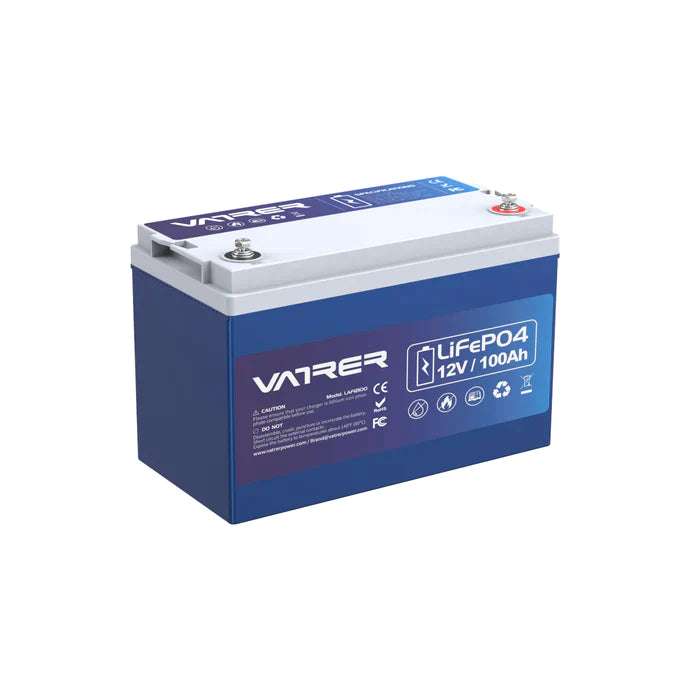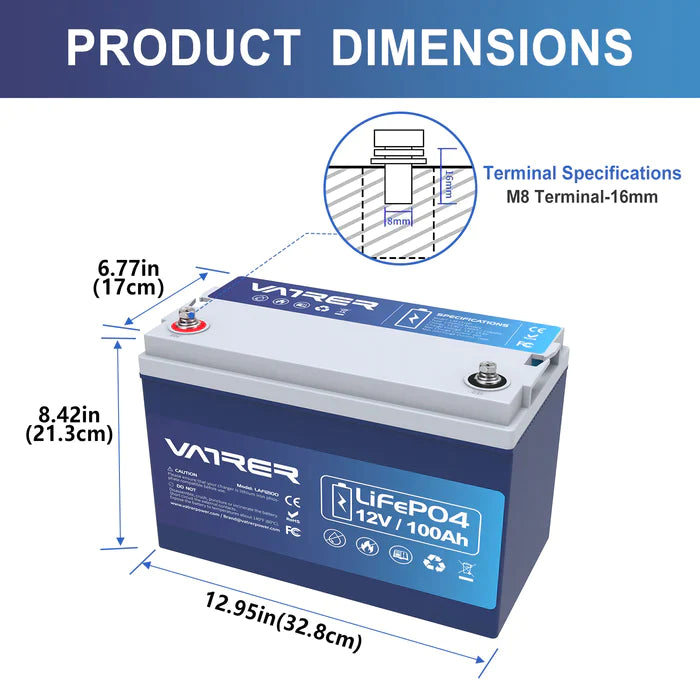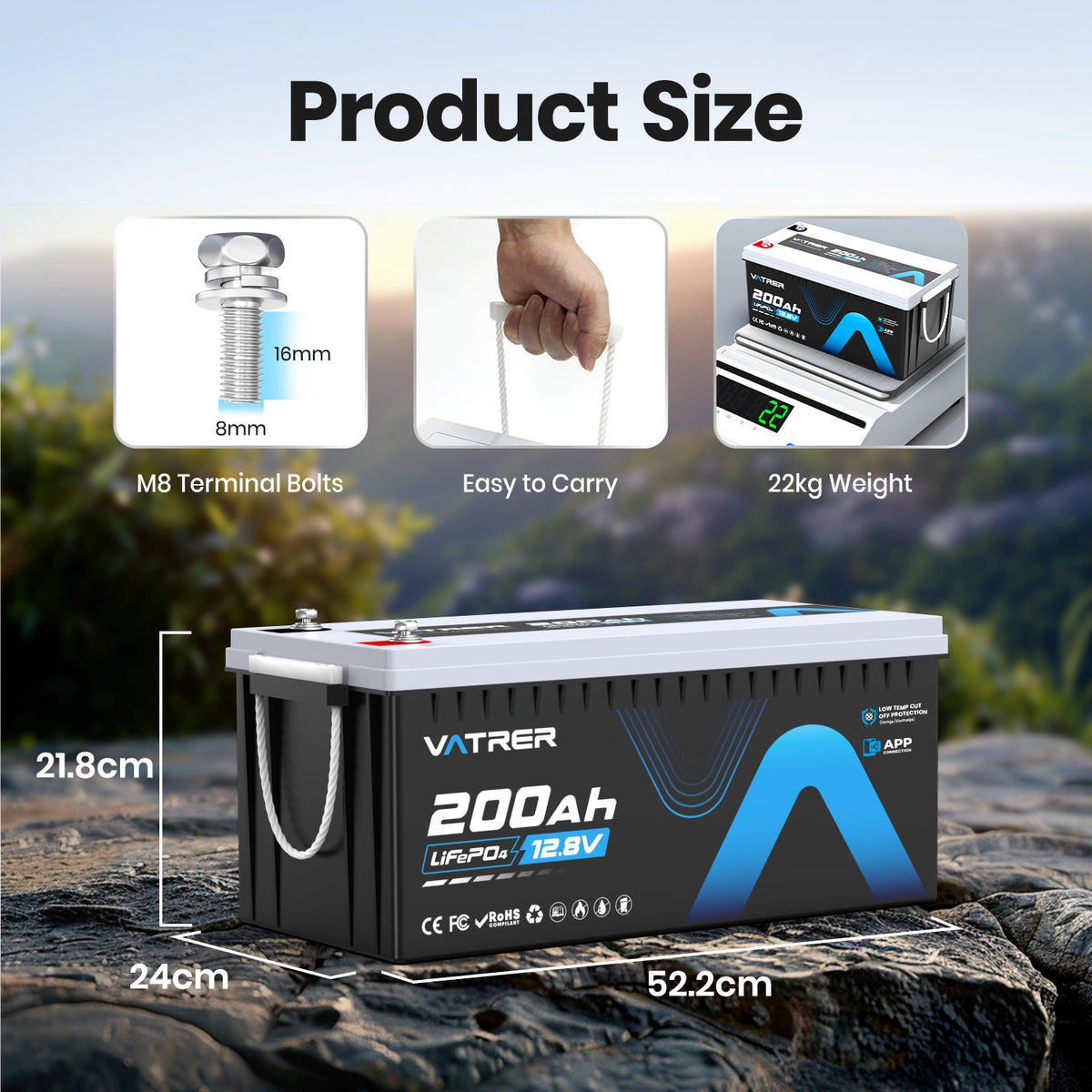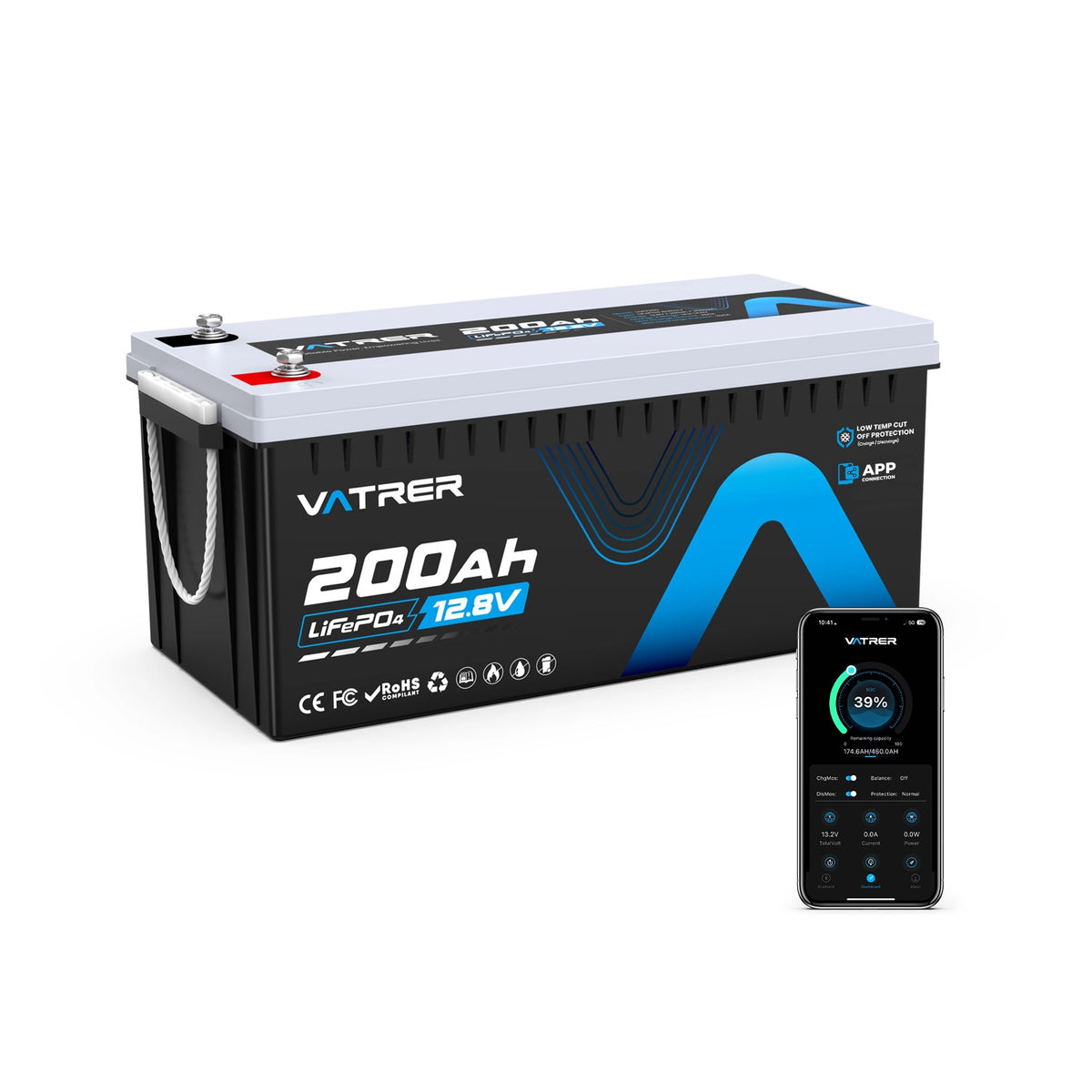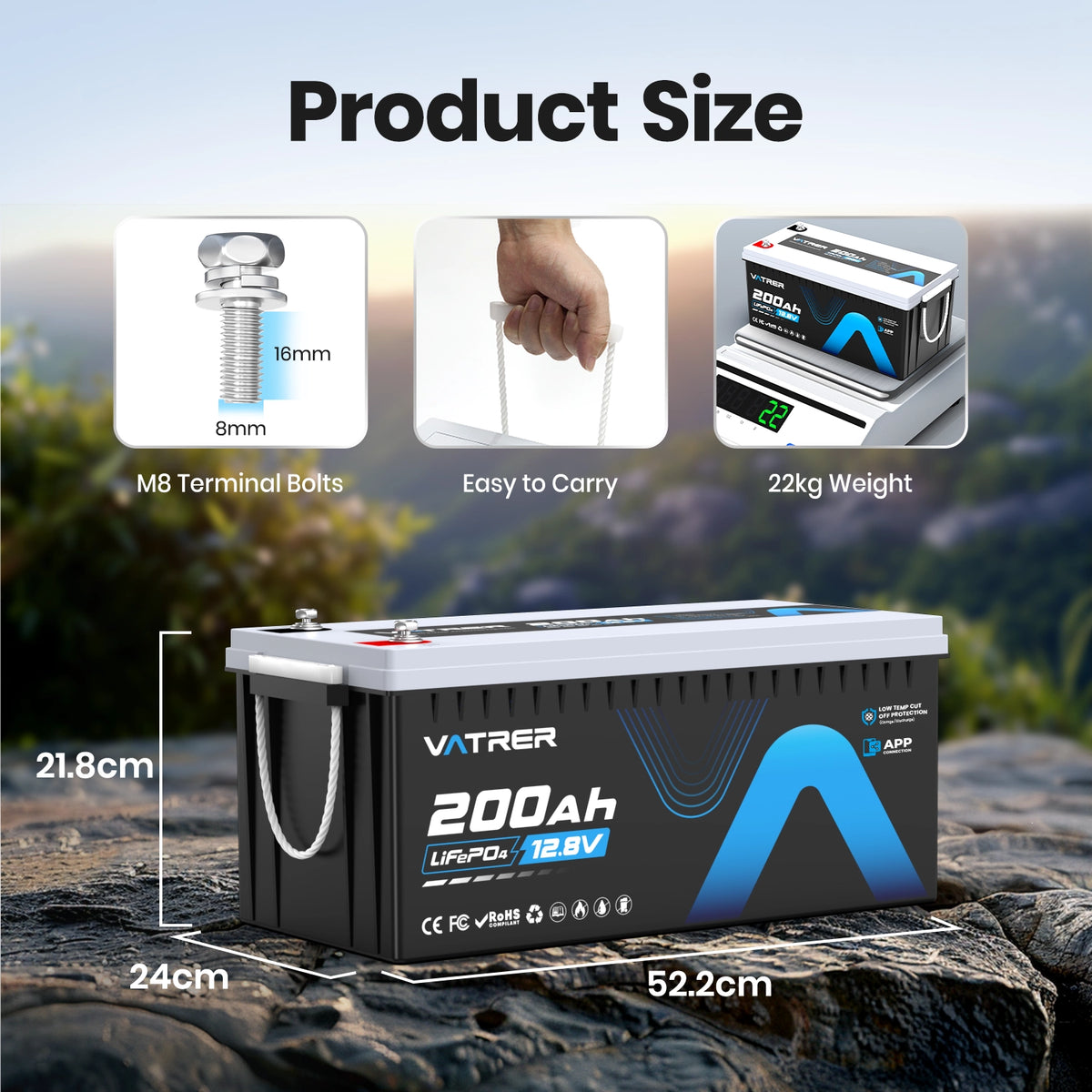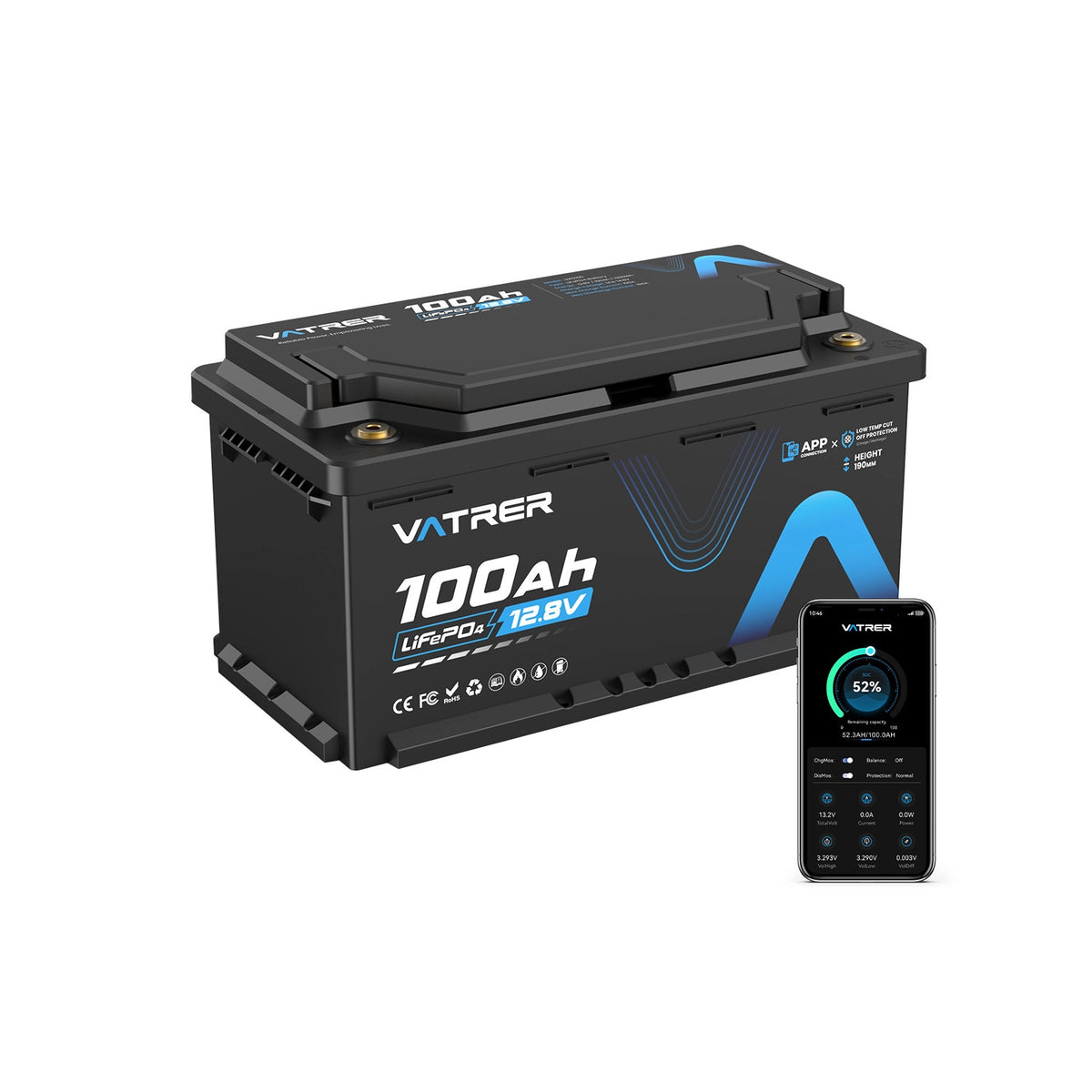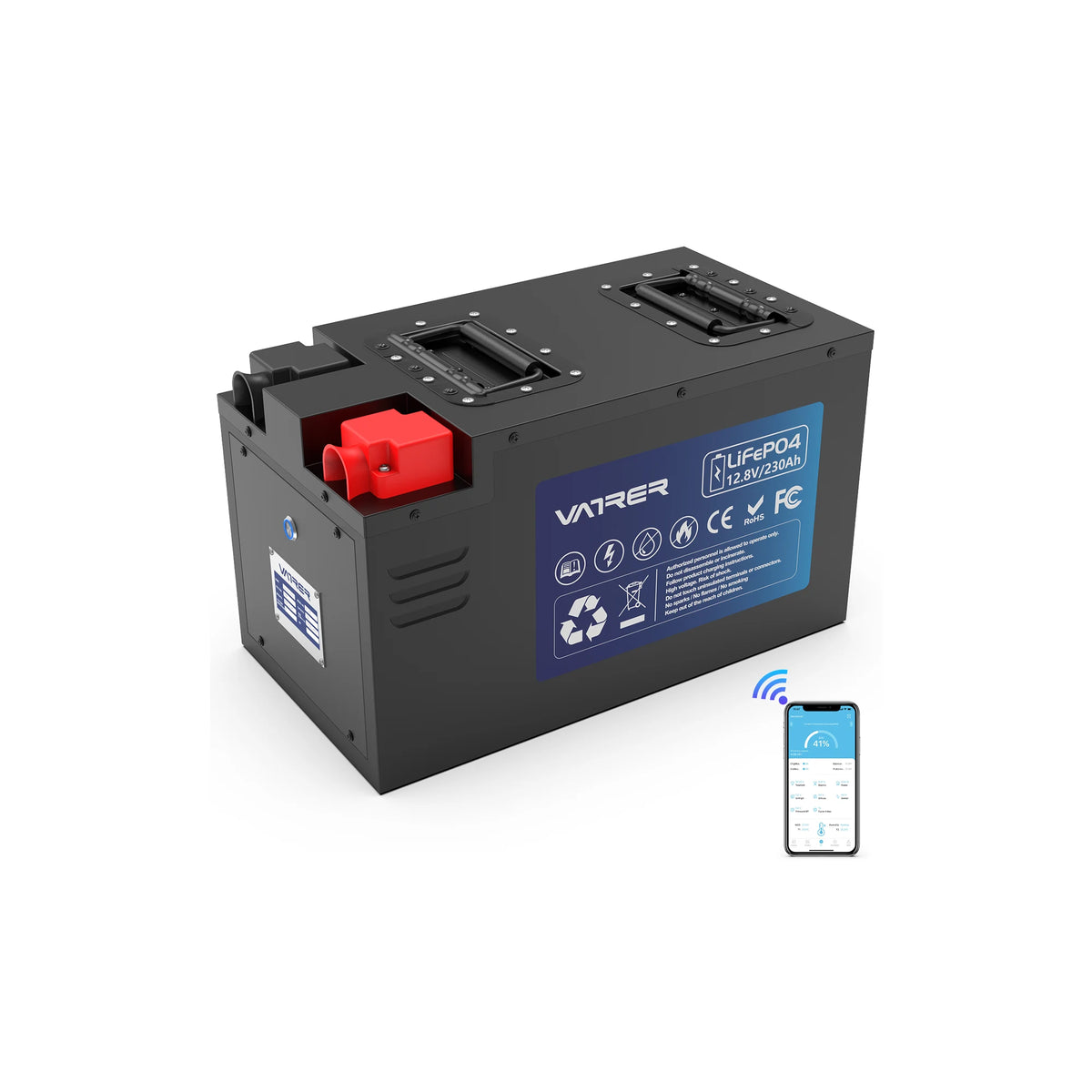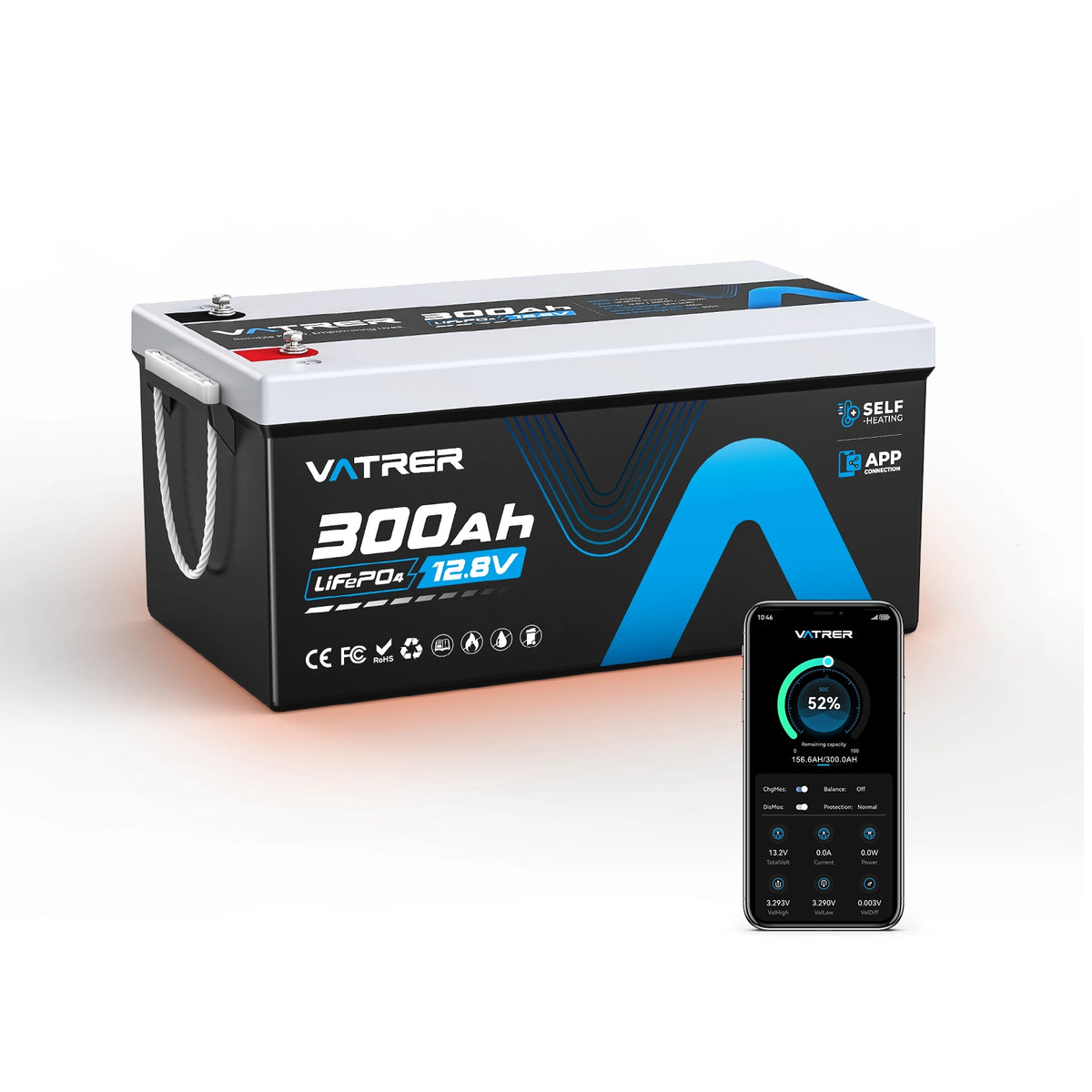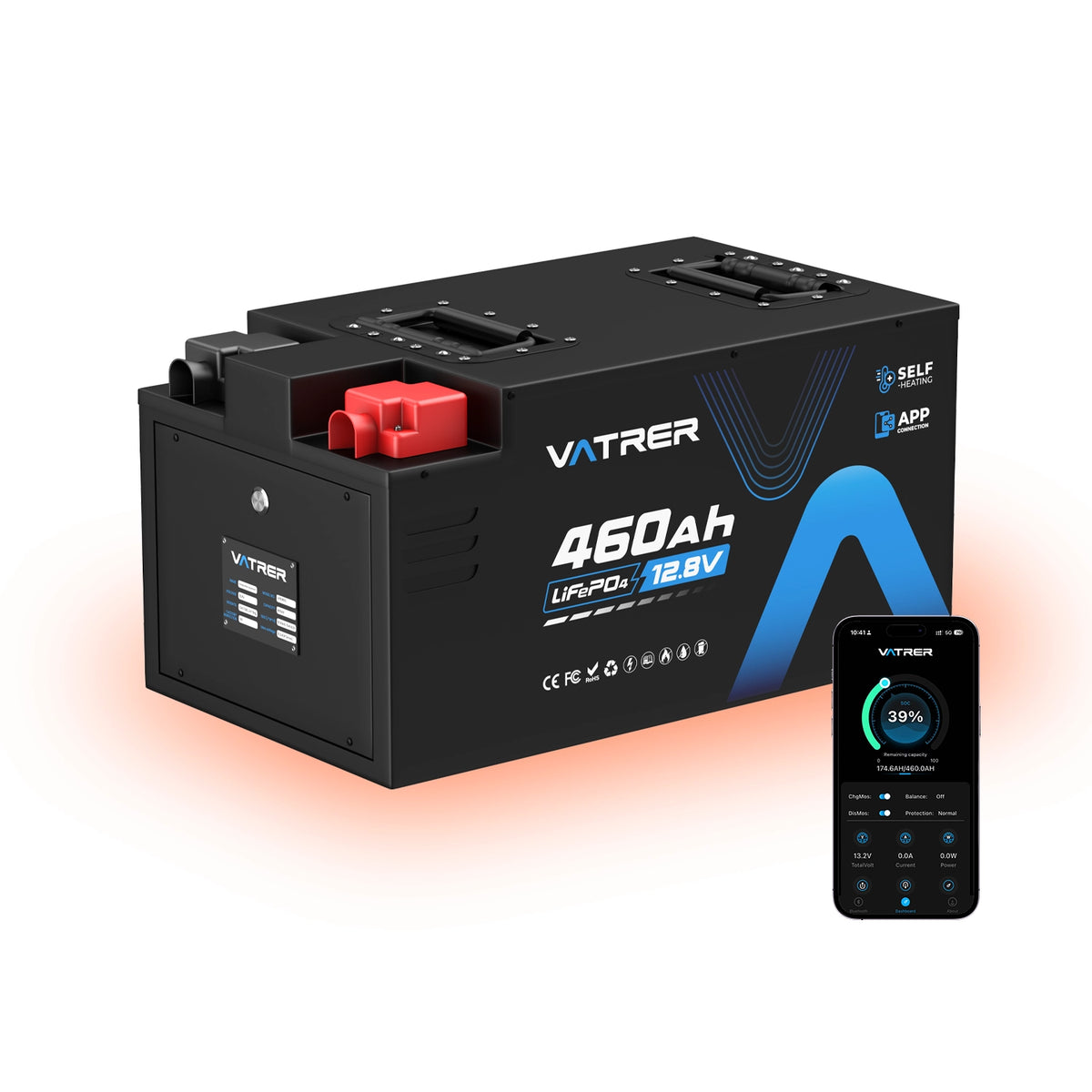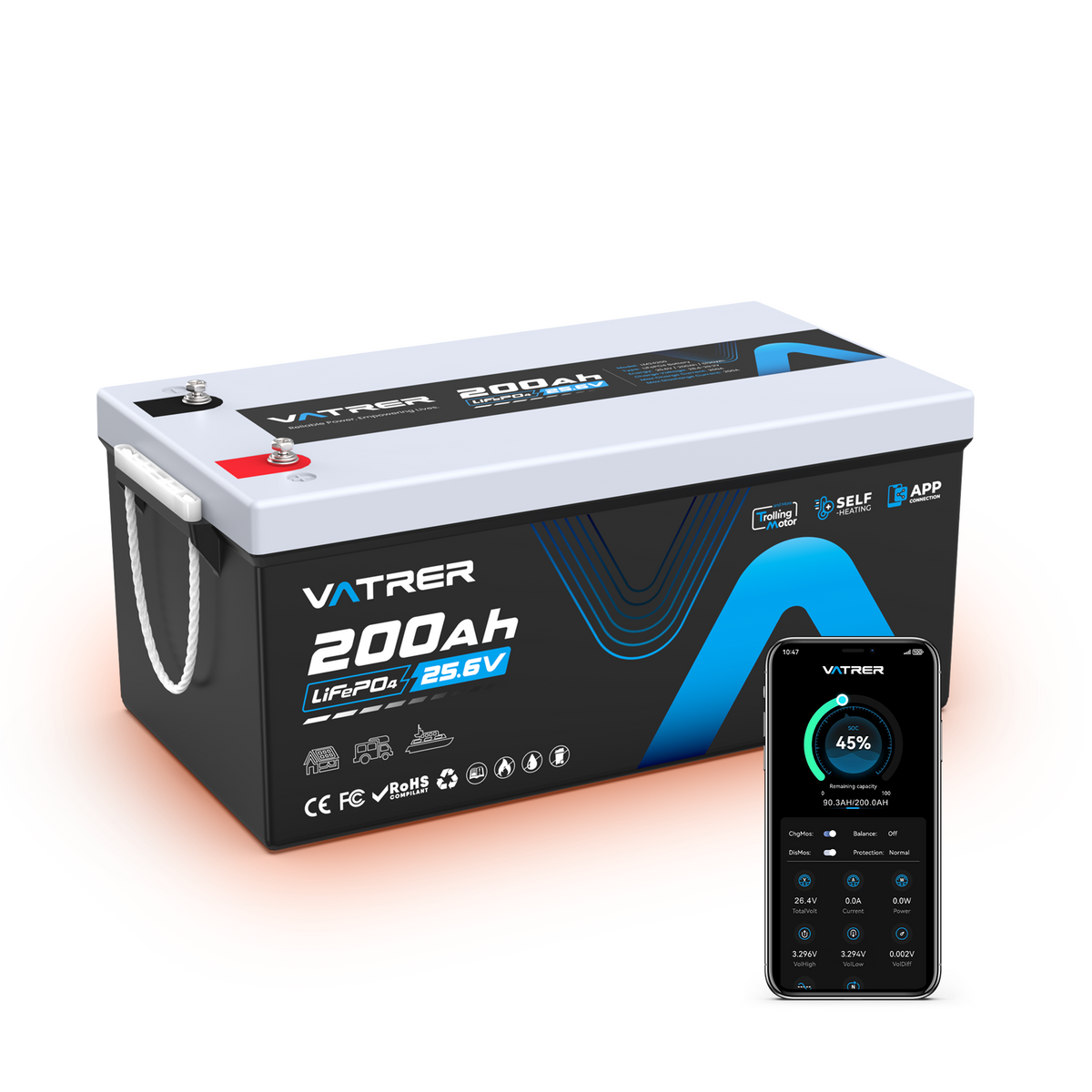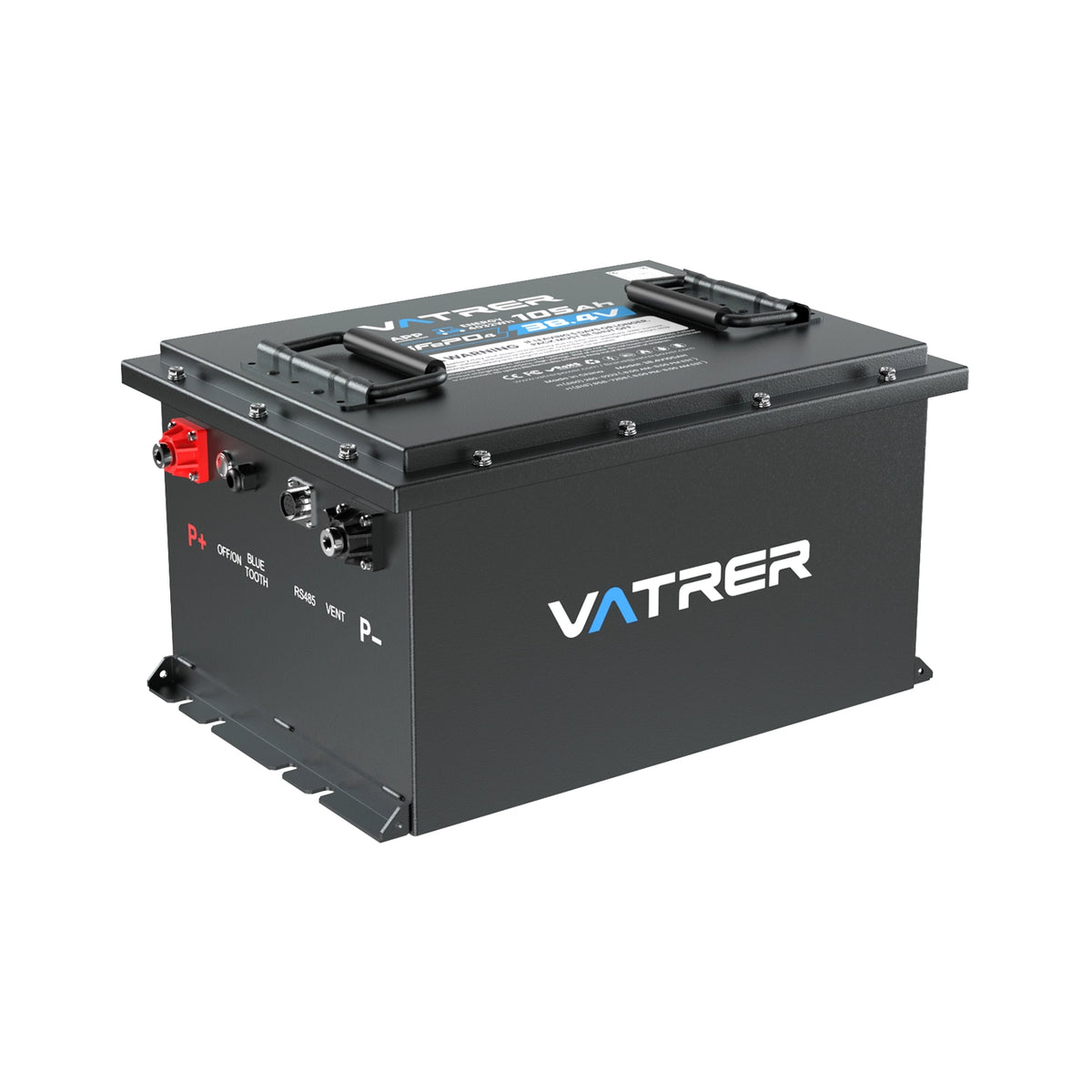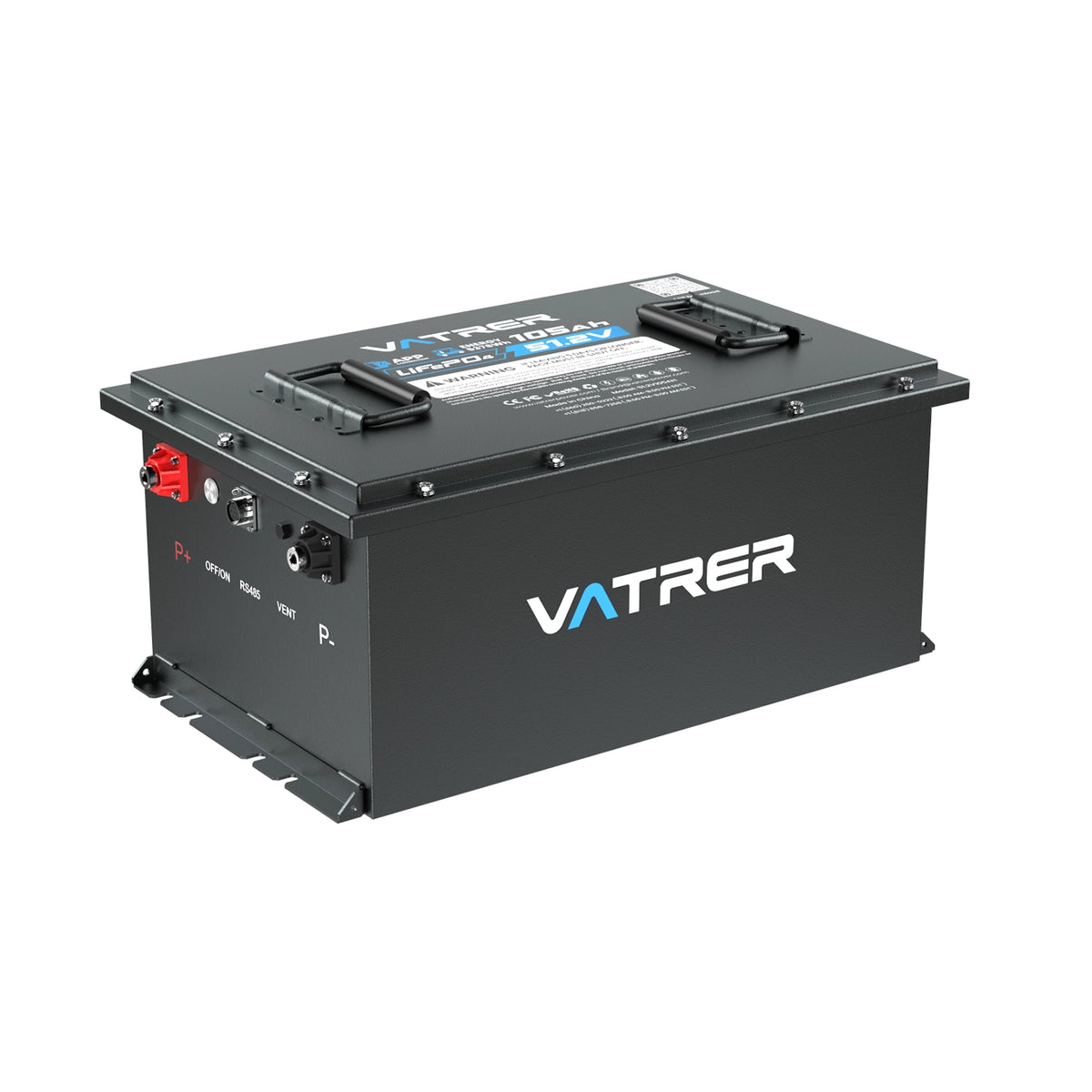What is a Power Converter? (And Why You Should Care)
Electricity is weird. It comes outta your wall as AC, hides in your phone as DC, and somehow powers everything from your toaster to your Tesla. But here’s the kicker: devices are picky. They want their power just right. That’s where power converters swoop in to save the day.
Think of them as "electric translators". If your wall outlet speaks "AC" and your laptop battery only understands "DC," a converter bridges the gap. No magic, just science. Let’s break it down.
✅TOC:
- Power Converters
- Types of Power Converters
- Case Study
- Golf Cart Power Converters
- Why Should You Care?
- The End
Power Converters
-
What they do
- Convert electricity from one form to another: AC to DC, DC to AC, or adjust voltage levels.
- Example: Your phone charger (AC-DC converter) turns wall power into battery-friendly juice.
-
Why they matter
- Devices need specific voltages (e.g., 5V for USB, 12V for car gadgets).
- Batteries store DC, but your home uses AC. Converters make ’em play nice.
Types of Power Converters
Here’s the cheat sheet:
| Converter Type | Technical Name | Main Function | Common Applications |
| AC-DC | Rectifier | Convert AC → DC | Phone chargers, power adapters |
| DC-AC | Inverter | Convert DC → AC | Solar inverters, UPS backup |
| DC-DC | DC–DC Converter (Buck/Boost) | Step voltage up or down (DC only) | Battery systems, LED drivers |
| AC-AC | AC–AC Converter (Cyclo/Matrix) | Directly change AC voltage & frequency | Heavy-duty motor control, grid frequency conversion |
Voltage Regulation: The Secret Sauce
Ever had your lights flicker during a storm? That’s why we need voltage regulators. They’re like bouncers for electricity, making sure the voltage stays steady even if the power source gets moody.
- How it works: Feedback loops constantly adjust the output. Fancy tech, but basically, it’s a self-correcting system.
- Real-life example: Your phone charger doesn’t fry your battery because it regulates voltage, even if your wall power spikes.
Case Study
In a solar power system, the DC electricity stored in batteries is converted to AC electricity through a power inverter. A voltage regulator then steps in to make sure your home appliances get stable, consistent power. The whole setup relies on a mix of power converters (like DC-AC inverters and sometimes DC-DC boost converters) and voltage-stabilizing gear working together behind the scenes.
* Explains the process step-by-step (Batteries → Power Inverter → Voltage Regulator → appliances)
Golf Cart Power Converters
Golf carts are sneaky-complex. Their batteries run at 36V, 48V, or even 72V, but accessories (lights, USB ports) need 12V. Enter Vatrer’s power converters — the unsung heroes of the golf cart world.
Vatrer Golf Cart DC-DC Converter Comparison
| Parameter | 36V to 12V Converter | 48V/72V to 12V Converter |
| Input Voltage Range | 30-45V DC | 40-90V DC |
| Output Voltage | 13.5V DC ±0.5V | 13.5V DC ±0.5V |
| Max Continuous Current | 25A | 25A |
| Rated Power | 335W | 335W |
| Efficiency | ≥90% | ≥90% |
| Protection Features | over-current, short-circuit, self-recovery | over-current, short-circuit, self-recovery |
| IP Rate | IP55 | IP55 |
| Target Application | Legacy 36V golf carts (lighting, USB ports) | Modern 48V/72V carts (accessories, infotainment) |
Why Should You Care?
Power converters are everywhere — they’re in your car, your TV, even your coffee maker. Without it:
- Your solar panels would be useless for powering your home.
- Your phone would explode if plugged directly into a wall outlet.
- Golf carts would have no tunes for those crucial 18-hole playlists.
The End
Next time you plug in your device, give a little nod to the humble power converter. It’s doing the dirty work so you can binge Netflix, charge your Tesla, or cruise the golf course in style.
And hey, next time you see an engineer, buy them a coffee — they've definitely earned it.




